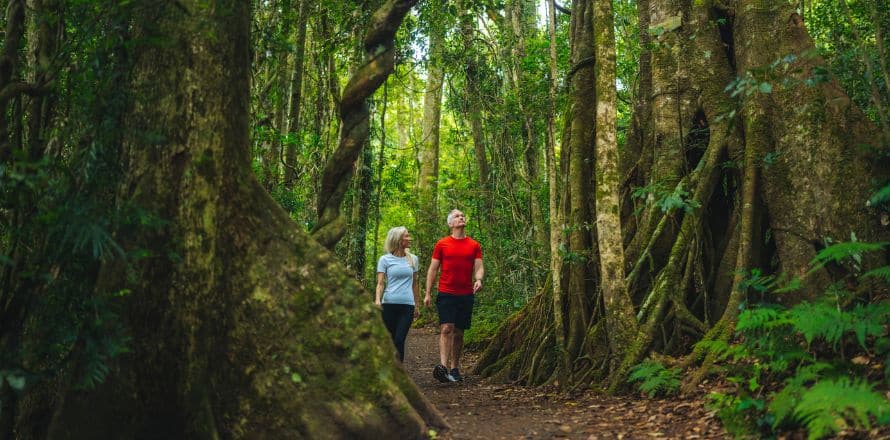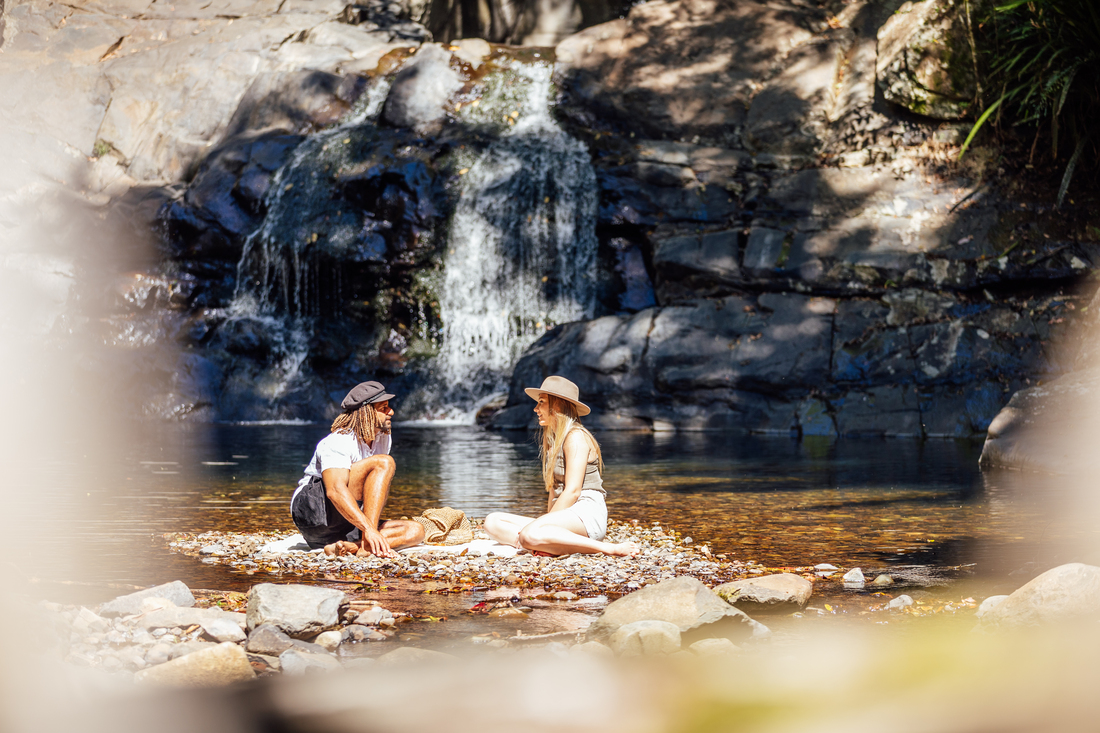Queensland, Australia, is home to some of the most diverse and unique wildlife in the world. Its vast landscapes, ranging from tropical rainforests to arid outback, provide habitats for an incredible variety of species. For nature lovers, Queensland offers countless opportunities to explore its rich ecosystems and discover fascinating creatures, both familiar and rare.
In this guide, we’ll take a closer look at Queensland’s wildlife, exploring its distinctive species, diverse habitats, and the best ways to experience its natural wonders.

The Unique Biodiversity of Queensland
Queensland’s biodiversity is one of its most defining characteristics. With its location in northeastern Australia, it hosts a range of ecosystems, from the Great Barrier Reef’s marine life to the lush rainforests of the Daintree. The state’s flora and fauna have evolved in isolation over millions of years, leading to the development of species found nowhere else on earth.
Among the most iconic animals in Queensland are kangaroos, koalas, and the platypus, but there’s much more to discover. The rainforests teem with vibrant bird species, while the wetlands provide homes to crocodiles and waterbirds. Queensland is also a haven for reptiles, marsupials, and an abundance of insects that contribute to the region’s intricate ecological balance.
Exploring Queensland’s Iconic Wildlife
For those seeking to explore Queensland’s wildlife, there are several species that should be on every nature enthusiast’s list. The koala, a symbol of Australia, is often spotted in eucalyptus forests, especially in areas like the Noosa National Park. Queensland also provides sanctuary for cassowaries, a large, flightless bird that is native to the tropical rainforests of northern Australia. Encountering a cassowary in the wild is an unforgettable experience, as they are a rare and critically endangered species.
Marine life is another major draw in Queensland, with the Great Barrier Reef being a hotspot for underwater exploration. The reef supports an astonishing variety of sea creatures, including turtles, sharks, rays, and over 1,500 species of fish. Snorkeling or diving in these waters allows you to immerse yourself in one of the most biodiverse marine environments in the world.
The Great Barrier Reef: A Marine Wonderland
No guide to Queensland wildlife would be complete without delving into the Great Barrier Reef. Stretching over 2,300 kilometers, this World Heritage-listed site is the largest coral reef system on the planet and home to a plethora of marine species. Coral formations, schools of colorful fish, and larger marine life such as whales and dolphins make the reef a must-see destination.
Visitors to the Great Barrier Reef can explore its wonders through snorkeling, scuba diving, or glass-bottom boat tours. The reef also provides opportunities to learn about conservation efforts that aim to protect this delicate ecosystem from threats like climate change and pollution.
Venturing into Queensland’s Rainforests
Queensland’s rainforests are among the oldest in the world, with some dating back over 100 million years. The Daintree Rainforest, located in the far north, is a UNESCO World Heritage site and a living museum of ancient plant and animal species. Walking through the Daintree feels like stepping back in time, as towering trees and lush greenery create a prehistoric atmosphere.
In these rainforests, you’ll encounter a range of wildlife, from elusive tree kangaroos to brightly colored parrots. The rich diversity of plant life also supports countless insects, reptiles, and amphibians, making it a treasure trove for biodiversity enthusiasts.
Wildlife of the Outback
While Queensland is famous for its tropical rainforests and coastal regions, the outback offers a completely different wildlife experience. The arid interior of the state is home to species that have adapted to survive in harsh, dry conditions. Kangaroos, emus, and dingoes roam these landscapes, along with smaller reptiles and nocturnal mammals that thrive in the desert’s challenging environment.
Visiting Queensland’s outback allows you to experience a quieter, more rugged side of the state. It’s an opportunity to see how life persists in one of the world’s most extreme climates. Stargazing in the outback is another memorable activity, as the lack of light pollution makes for stunning views of the night sky.

Conservation and Wildlife Protection in Queensland
Queensland takes wildlife conservation seriously, and there are many efforts in place to protect its unique ecosystems. From the protection of marine life in the Great Barrier Reef to the preservation of endangered species in national parks, conservation is at the forefront of Queensland’s environmental policies.
Visitors to Queensland can support these efforts by practicing responsible tourism. This includes sticking to designated paths in natural reserves, respecting wildlife by keeping a safe distance, and avoiding activities that could harm the environment. Many tour operators and wildlife sanctuaries in Queensland are committed to sustainable practices, making it easier for travelers to enjoy the state’s natural beauty while minimizing their impact.
How to Experience Queensland’s Wildlife
There are numerous ways to immerse yourself in Queensland’s wildlife, depending on your interests and level of adventure. Guided tours through national parks offer opportunities to learn from knowledgeable guides, while self-guided hikes allow for more personal exploration of nature. Wildlife sanctuaries and conservation centers, such as the Australia Zoo, provide safe environments where you can observe animals up close while contributing to their protection.
For those who prefer marine life, boat tours, snorkeling excursions, and diving trips along the Great Barrier Reef are popular options. Whether you’re observing whales during their migration season or swimming alongside vibrant fish, the experience of exploring Queensland’s marine life is unparalleled.